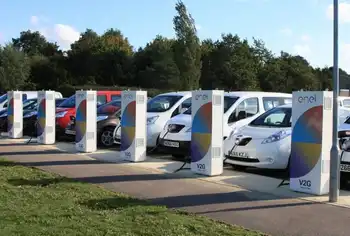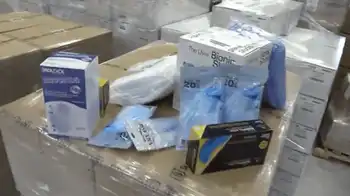Japanese wind sector to finally see growth
By Industrial Info Resources
Electrical Testing & Commissioning of Power Systems
Our customized live online or in‑person group training can be delivered to your staff at your location.

- Live Online
- 12 hours Instructor-led
- Group Training Available
This plan inevitably means an overhaul of the electric power sector, the prime producer of greenhouse gases. Unfortunately, Japan's energy demand is not expected to increase, but will instead remain low and steady as the population ages. While this allows for a thorough rehabilitation of the sector, it also allows Japan to drag its feet. The solar sector has flared in recent years, but due to several factors, steady positive growth in Japan's wind power sector has been shaky at best.
Japan's wind power sector, which lags far behind other developed nations, has been hindered by policy and aesthetics. A few private developers, like Clean Energy Factory Company Limited CEF and Japan Wind Development Company Limited JWD, own and operate windfarms in the country, but it is still up to the utility companies to incorporate wind-generated power into local grids. Most of these companies are skeptical, fearing that windfarms provide inconstant power generation.
Currently, Japan has a little more than 280 megawatts MW of installed capacity, the majority of which is generated by dependable thermal means, and is projected to grow slowly at a rate of 0.7 a year over the next decade. Prior to 2010, the government had set forth a tentative target for 2014 in hopes to have at least 1.5 of Japan's total installed capacity provided for by wind power. CEF and JWD are expecting new wind projects to be brought online by the end of 2014.
JWD is expected to build one of Japan's largest windfarms starting later next year. The $300 million Nagasaki farm, scheduled for completion in 2012, is anticipated to generate about 100 MW for the regional grid. CEF's $100 million Minami-imajo Windfarm is expected to be completed in 2014 and will utilize GE turbines to generate 30 MW for Fukui Prefecture.
Both JWD and CEF's windfarms will be built in coastal areas, which have become extremely limited due to localized urbanization. Most of Japan's population is huddled to the coasts and flat valley areas the rest of the country's rugged mountainous terrain remains relatively untouched. Japan hopes to maintain its pristine landscapes, and citizens have voiced concerns that windfarms would mar the landscape.
Luckily, Japan's government may have found a way around the trappings of wind power development. Earlier in the year, the government announced that its first large-scale offshore wind power development plans had been drafted and that it was looking to build 1.1 GW in offshore windfarms by 2020. The new offshore plan could eliminate many of the troubles facing Japan's wind power sector as they tend to have little to no trouble with constant wind speeds and are not often visible from the shoreline.











